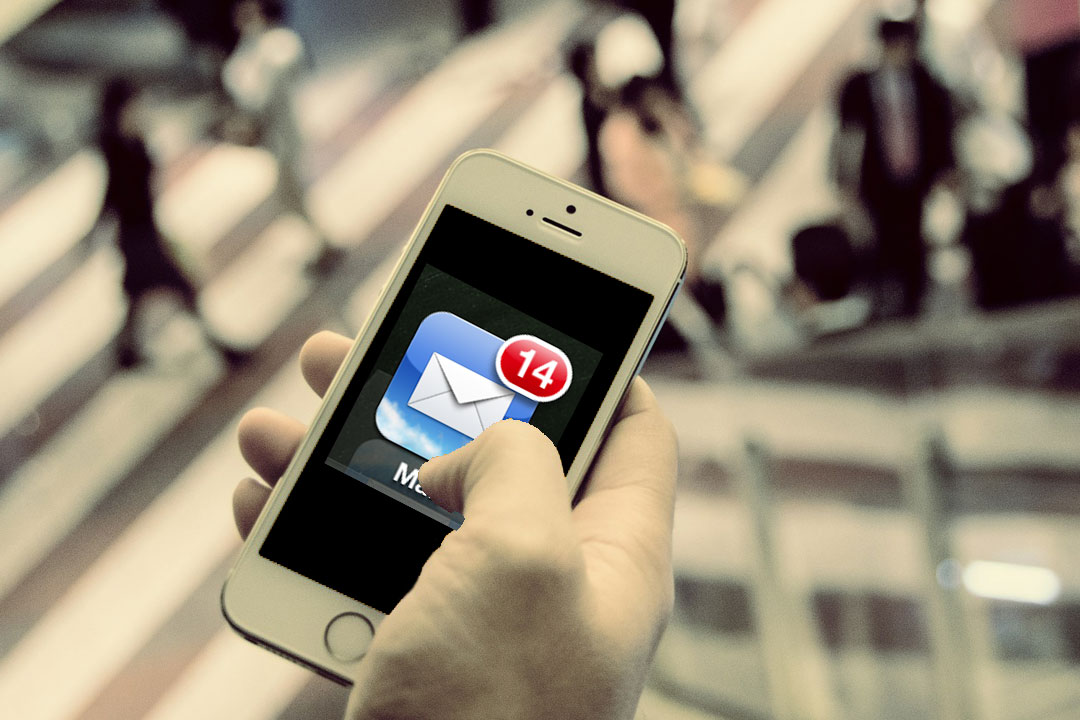Are you following the new rules for today’s email?
By Judy In MarketingThis may surprise you. Of all of the many forms of media – print, radio, social, etc. – email continues to be the most effective channel for marketing your business. Email delivers the highest ROI of all marketing channels*, with an almost 4 to 1 return on investment dollars – better than any other marketing medium.
The reason is simple. If you’re following the rules (which, of course you are, right?), your email list is made up of people who have agreed to get emails from you, so they presumably have some interest in what you have to say. However, they are also bombarded with an ever-increasing barrage of messages and information. So, in order to keep their permission to talk to them, it is essential that you are polite, succinct, and make it as easy as possible for them to hear your message.Rule #1: Make it easy – make sure you’re mobile compatible.
Today 53% of email gets read on a mobile device, according to Mailchimp. So mobile-compatible design is a must. You don’t want to send your customers an email with tiny type they have to pinch and expand to read. What’s more, your customer could be viewing your email on a smart phone, a tablet, or a laptop, and using any number of operating systems, browsers or email clients, all of which will render your email differently.
The solution is to use a mobile responsive template, which will detect the type of device and rearrange your layout so it looks good on any platform or device. But remember also to think about mobile design when you’re creating your email:- Stack your content. Mobile is made for thumbing vertically. It’s different from a monitor, where the reader scans left to right or in columns.
- Use big navigation elements. Buttons should be bigger on mobile; users need to tap with a finger instead of clicking with a mouse.
- Use large font sizes. Fonts should be large for easy reading on a small screen.
Rule #2: Be useful, be succinct.
Your customers have given you the privilege of their attention, don’t waste their time. Send useful content, and deliver it as succinctly as possible – you want them to quickly grasp what you’re saying, why it’s worth considering and how to take action. To know if your messages are engaging your customers, read your analytics. You need to look at the open rate and the click through rate. How many of the emails you send actually get opened? And does anyone click on anything in the email? If not, make changes to your messaging. You might want to subdivide your list – by age, industry, etc., and customize your message for different groups. Doing A/B testing on part of your list with different headlines or images is a great way to see if your message is on target. And be sure you have a clear call to action, and feature it loud & clear.Rule #3: Make it personal – customize your email.
The more customized to the reader your emails are, the more interested they will be. Emails with personalized subject lines are 26% more likely to be opened.
Giving your customer the kind of emails they want is key to keeping them interested. Let them choose what kinds of emails they receive. The more control your customer has over what information they get from you, the less likely they are to just hit “unsubscribe”. Add categories to your unsubscribe form, such as:- Sales, Coupons, Special Offer emails – Some customers love a sale and want to be notified when you’ve got something special going on.
- Transactional emails – If someone only wants emails about orders, purchases, shipping, billing, etc. then give them the option to just receive those. Open rates for transactional emails are four to eight times higher than other emails because customers are usually asking for the information contained in them.
- Triggered emails – Emails sent to customers because an event (like a birthday) or an action (like a purchase or clicking a link) is happening. But don’t get trigger-happy!
- Newsletter emails – Useful information relevant to your audience’s interests. Not marketing or sales.
- New product/service emails – When you have something new to announce to your customers.
- Marketing emails – Promoting your business, products or services.
If, in the end, your customer decides they’d rather not get any emails from you, you need to keep the unsubscribe process simple and painless as well. If you make people jump too many hurdles to stop receiving your emails, they may decide it’s easier to mark you as spam.

